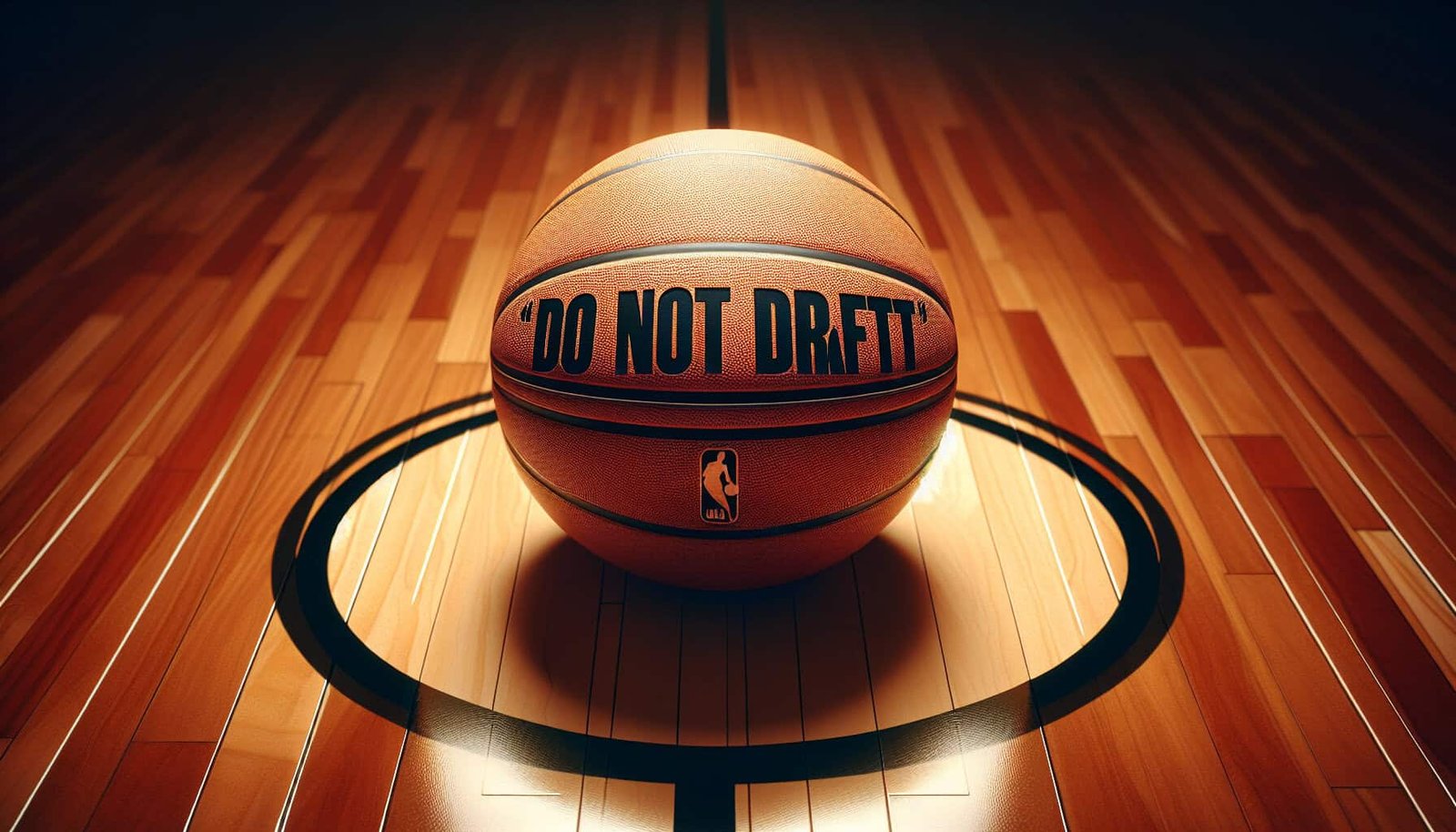In Eric Karabell’s ‘Do Not Draft’ List for Fantasy Basketball, he provides valuable insights on the players that you should avoid selecting in your fantasy basketball draft. Karabell identifies several players who may not live up to their pre-draft hype, helping you steer clear of potential disappointments on your roster. By heeding Karabell’s advice, you can make informed decisions and increase your chances of building a winning fantasy basketball team.
Eric Karabell’s ‘Do Not Draft’ List for Fantasy Basketball

Introduction
Welcome to Eric Karabell’s ‘Do Not Draft’ list for fantasy basketball! In this comprehensive article, we’ll explore the players that you should avoid drafting in your fantasy basketball league. Eric Karabell, a renowned fantasy basketball expert, has compiled this list based on his analysis of player performance, injury history, and potential value. By steering clear of these players, you can improve your chances of building a winning fantasy team. Let’s dive in and discover who should be on your ‘Do Not Draft’ list!

The ‘Do Not Draft’ List
Heading 1: Injury-Prone Players
One category of players to avoid drafting are those with a history of injuries. While these players may have high potential, the risk of them missing significant playing time due to injury outweighs their value. In fantasy basketball, having healthy players who can consistently contribute is crucial. Therefore, it’s best to steer clear of these injury-prone players and look for more reliable options.
Heading 2: Aging Stars
As players enter the later stages of their careers, their performance and production tend to decline. These aging stars may have a strong reputation and name recognition, but they may not be able to deliver the same level of fantasy production as they once did. It’s important to assess the current abilities and potential decline of these players before considering them in your draft strategy.
Heading 3: Players in New Situations
When a player transitions to a new team or system, there is always a level of uncertainty regarding their role and fit. It takes time for players to adjust to new teammates, coaches, and playing styles, which can result in a dip in their fantasy production. Drafting players in new situations carries an inherent risk, as their performance may not meet expectations initially. It’s advisable to wait and see how these players acclimate to their new surroundings before considering them for your fantasy team.
Heading 4: Inconsistent Performers
Consistency is key in fantasy basketball. Players who have a history of fluctuating performances can be frustrating to own in a fantasy league. These players may have the potential for big games, but their inconsistency can also hurt your team’s chances of winning. It’s best to avoid drafting players who have a track record of inconsistent production and instead opt for more stable options.
Heading 5: Overvalued Rookies
Rookies can be exciting to watch and may have plenty of potential, but their value in fantasy basketball can often be overstated. It’s important to temper expectations when considering rookies in your draft. They are adjusting to the NBA game and may face challenges that impact their fantasy production. Keep in mind that rookies may have a higher bust potential compared to more established players, making them risky choices in the draft.
Heading 6: Rebounding-Deficient Guards
Rebounding can be a valuable category in fantasy basketball, providing an extra boost to a player’s overall production. However, guards who struggle to contribute in the rebounding department can limit their fantasy value. It’s important to consider a player’s ability to contribute in multiple categories, including rebounds, when making your draft decisions. Avoid drafting guards who consistently fall short in this category and prioritize players who can contribute across the board.
Heading 7: Players with Uncertain Playing Time
Playing time is a crucial factor in a player’s fantasy value. If a player is constantly battling for minutes or has competition for their position, their fantasy production may suffer. It’s best to avoid drafting players who have uncertain playing time situations, as it can be challenging to predict their output on a consistent basis. Look for players who have a secure role and playing time in their respective teams to maximize your fantasy team’s potential.
Heading 8: Players with Off-Court Issues
Off-court issues can greatly impact a player’s performance and availability. Suspensions, legal troubles, or personal problems can lead to missed games or distractions that hinder a player’s fantasy production. It’s important to consider a player’s off-court situation and assess the potential risks before drafting them. Avoid players with a history of off-court issues to minimize the uncertainty and potential negative impact on your fantasy team.
Heading 10: Players with Decreasing Usage Rates
Usage rate is a metric that measures the percentage of a team’s plays that a player is involved in while on the court. Players with decreasing usage rates may see a decline in their fantasy production as they receive fewer opportunities to contribute. It’s essential to monitor a player’s usage rate and how it may change from season to season. Avoid drafting players who have experienced a significant decrease in usage rate, as it may indicate a trend of diminishing fantasy value.

Conclusion
In conclusion, Eric Karabell’s ‘Do Not Draft’ list serves as a valuable resource for fantasy basketball enthusiasts. By avoiding players in categories such as injury-prone, aging stars, new situations, inconsistency, overvalued rookies, rebounding-deficient guards, uncertain playing time, off-court issues, and decreasing usage rates, you can enhance your chances of building a successful fantasy team. Remember to do thorough research, analyze player performances, and consider the potential risks before making your draft picks. Good luck in your fantasy basketball season!


